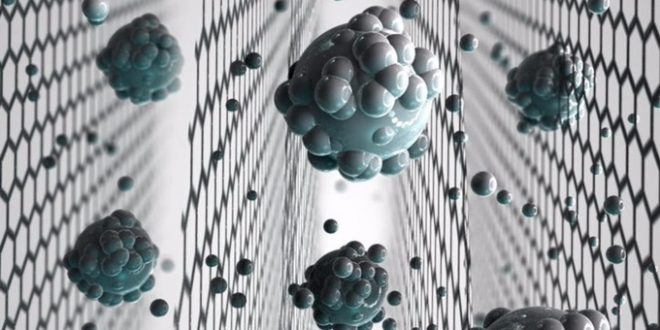Researchers at the University of Manchester have created a Graphene membrane that can sieve salt out of seawater turning it into drinking water.
The development by UK-based researchers brings closer the prospect of providing clean water to millions of people who struggle to gain access.
The team at the University of Manchester, where colleagues won a Nobel Prize in 2010 for first extracting graphene, have managed to precisely control the sizes of pores in a graphene oxide sieve.
The discovery allows them to filter out salts from water to make it safe to drink, they announced in the journal Nature Nanotechnology.
With man-made climate change reducing cities’ water supplies, countries have been increasingly investing in “desalination” technologies.
The UN has predicted that around 1.2 billion people, or 14% of the world’s population, will experience difficulties sourcing clean water by 2025.
Although the team do not yet have a full working prototype of the device yet, they believe that the production of a cheap filters is only a relatively short time away.
It could lead the way to countries building small-scale de-salination plants without having to commit use resources into building large scale facilities.
Professor Rahul Nair, who led the team of researchers in Manchester, said it is a “significant step forward” that will “open new possibilities for improving the efficiency of desalination technology”.
He said: “Realisation of scalable membranes with uniform pore size down to atomic scale is a significant step forward and will open new possibilities for improving the efficiency of desalination technology.
“This is the first clear-cut experiment in this regime. We also demonstrate that there are realistic possibilities to scale up the described approach and mass produce graphene-based membranes with required sieve sizes.”
Agencies/Canadajournal
 Canada Journal – News of the World Articles and videos to bring you the biggest Canadian news stories from across the country every day
Canada Journal – News of the World Articles and videos to bring you the biggest Canadian news stories from across the country every day



